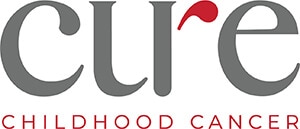Five Ways to Stay Healthy After Treatment
Contributed by: Nancy Keene
National Cancer Survivors Day is an annual celebration of life held on the first Sunday in June. It inspires and supports survivors of cancer, including childhood cancer. There is much to celebrate––cure rates for many childhood cancers have dramatically increased. As a result, almost half a million children, teens, and adults living in the United States are survivors of childhood cancer.
The tough news is that most survivors of childhood cancer develop late effects months, years or decades after treatment. St. Jude Children’s Research Hospital found that 95% of long-term survivors of childhood cancer had at least one chronic health condition by age 45. The good news is that many of these late effects can be prevented or managed by getting excellent follow-up care and making healthy choices.
Here are five ways survivors can maintain their hard-won health:
1. Get a Summary of Your Treatment
Every survivor needs a summary of his or her cancer treatment. The type and dose of chemotherapy drugs and the location and amount of radiation affect your risk of developing certain late effects. If you don’t have a summary, ask your oncologist or nurse practitioner to fill out the treatment summary form found at:
http://www.childhoodcancerguides.org/wp-content/uploads/2016/02/treatment_record.pdf
This health history will become an indispensable part of your medical records for the rest of your life. Keep one completed copy in a safe place and give a copy to each of your medical providers (e.g., internist, ophthalmologist, gynecologist).
2. Go to a Comprehensive Survivorship Clinic Every Year
Children, teens and adults who survived childhood cancer should be seen by experts at survivorship clinics. This is because most primary care providers have little or no training in the late effects that arise after treatment for childhood and adolescent cancers. For example, Hodgkin disease usually strikes teens and young adults. Many treatment plans for this illness include radiation to the chest and neck (called mantle radiation). About one-third of women who have this type of radiation develop breast cancer before age 50, and many more can no longer make enough thyroid hormone for good health. Both male and female survivors who had radiation to the chest also tend to develop heart disease in their 40s and 50s. Survivorship experts know about these late effects, but most primary care doctors don’t. A recent study of 2,000 general internists who were given a vignette about a female survivor of Hodgkin disease found that:
- 91% did not recommend yearly breast cancer surveillance
- 85% did not recommend cardiac surveillance
- 24% did not recommend yearly thyroid surveillance
The number of survivorship clinics has increased over the years, including clinics for adult survivors of childhood cancer. A list of follow-up clinics can be found in the Pediatric Oncology Resource Center.
3. Tell Your Primary Care Doctor About the Long-term Follow-up Guideline
If you go to a comprehensive survivorship clinic, the experts will base the screening tests you need on your treatment summary. They then will send a detailed report of their exam and screening results to your primary care doctor. But what should you do if you aren’t able to go to a survivorship clinic? The Children’s Oncology Group (the world’s largest organization devoted exclusively to childhood and adolescent cancer research) developed a set of clinical practice guidelines that provide recommendations for screening and management of late effects in survivors of childhood cancer. The guidelines, developed by the 9,000 experts in the group, help physicians provide comprehensive follow-up care to survivors. If you are a survivor who doesn’t see an expert in late effects after childhood cancer, tell your healthcare provider about these guidelines so you can get the care you need and deserve.
4. Take Control of Your Health
Survivors have little or no control over their genetic make-up or the environment in which they live. However, making healthy choices about how to live the rest of their lives gives them quite a bit of control over their future. A sizable number of adult health problems are linked to lifestyle choices, so following are ways you can stay healthy:
- Don’t smoke (your insurance might cover programs to help you quit)
- Eat a healthy diet (see a nutritionist if you need support)
- Exercise and maintain a healthy weight (work out with a buddy to help stay on track)
- Use sunscreen (especially on any areas that were irradiated)
- Make sleep a priority
- Drink alcohol in moderation, or not at all
- Good health habits and regular medical care from experts will help protect your health and lessen the likelihood of late effects from your cancer treatment. You can learn more by reading Childhood Cancer Survivors: A Practical Guide to Your Future.
5. Do Things That Make You Happy
Happiness not only makes you feel good, but it helps you stay healthy and live longer. Different people need different ingredients for happiness. Some people join clubs to meet people with similar interests. Others like to hike, kayak or climb mountains. You might relax by reading a good book with a purring cat in your lap. Or contentment might come from helping others, working in a garden or spending time with close friends. Seeking out activities that bring you happiness will not only make you feel better but will improve your health. As a cancer survivor, you have something other people don’t have––an awareness that life can change in an instant and that huge challenges can be overcome, one day at a time. Through your cancer journey, you probably lost friends, gained friends, and laughed harder and cried more than ever before. By taking a few actions to protect your health, you’ll have many more years to enjoy the life you fought so hard to save
*Nancy Keene is a childhood cancer advocate, speaker, writer and co- founder of a nonprofit (Childhood Cancer Guides) that publishes books to help families of children with cancer and survivors of childhood cancer. She has written/co-authored fifteen books––some chosen for Library Journal’s “Best Consumer Health Books of the Year” list. Her work has appeared in Coping Magazine, Reader’s Digest, Journal of the American Medical Association, Exceptional Parent and other publications. She served as chair of the patient advocacy committee of a consortium of 350 children’s hospitals and as the public member on an FDA committee that reviews medications given to children with cancer. Her mission is to help families of sick children and survivors of childhood cancer find their way through the medical maze—one step at a time.
View her blog and books at:
www.childhoodcancerguides.org.



